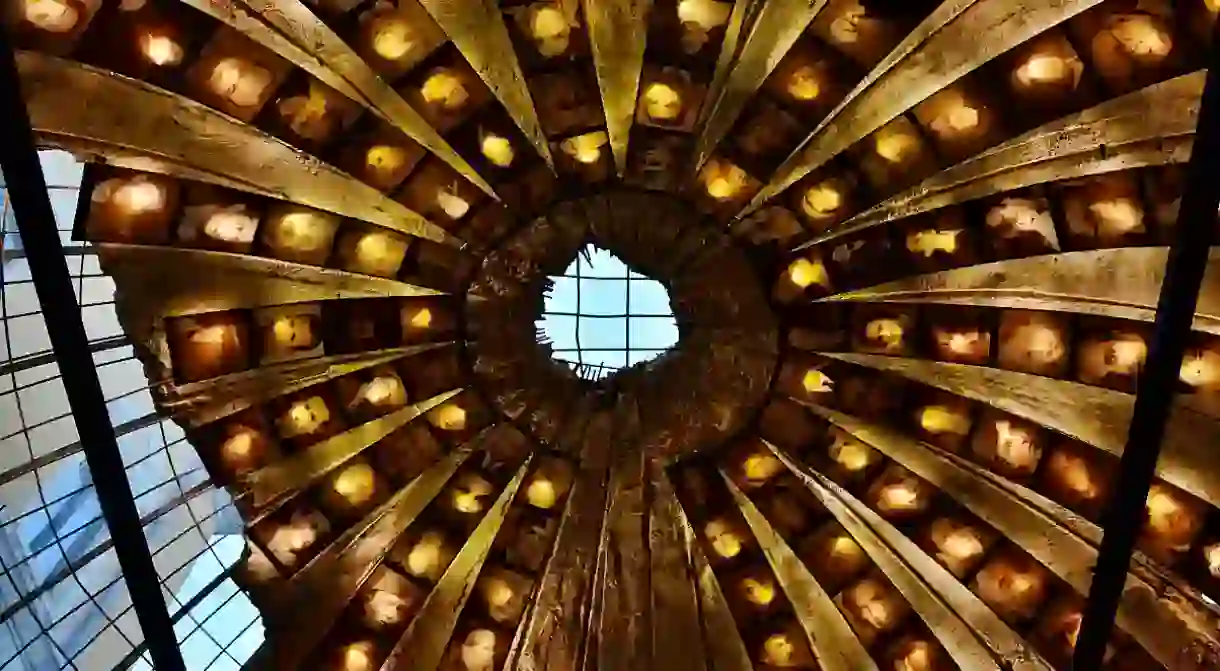Facility 0774: From Albanian Tyrant's Nuclear Bunker to Exhibition Space

Built in the 1970s, Facility 0774 served as a nuclear bunker for Albania’s paranoid dictator, Enver Hoxha, until 1985. The space has since been radically repurposed as a cultural center under the name Bunk’Art.
Part history lesson, part (very) alternative art space, Bunk’Art offers a glimpse into mid-20th century life in Albania. Communist-era furniture, linens, maps and appliances are showcased in some of the bunker’s rooms, while others house portraits and art installations. The former assembly hall has been transformed into a concert hall for live musical performances.Much of Bunk’Art’s allure is the irony of staging a cultural center in a building otherwise symbolic of repression.


For the 70th anniversary of Albania’s freedom from fascism, the Ministry of Defense re-opened Facility 0774 to the public in 2014. Supported by an Albanian NGO, the Bunk’Art project launched in November 2014 with an educative video installation inside the bunker. In November 2016, the project expanded to Bunk’Art 2, located in the center of Albania’s capital city of Tirana.


An unwavering Stalinist, Enver Hoxa (in power from 1944 until his death in 1985) isolated Albania from any and all perceived threats to his ideology. Towards the end of his life, Hoxa fell into a state of full-fledged paranoia over the prospect of an enemy attack. He constructed thousands of small bunkers across the country in response, many of which still stand in a haunting state of dereliction today.


Built at the base of a mountain range only a short distance from Tirana, Facility 0774 was unlike the other bunkers. With over 100 rooms across five floors, the massive space was central to Hoxa’s obsession with the prospect of escaping a foreign attack. He and the key members of his cabinet had their own private rooms, complete with an office and space for a secretary. There were also meeting rooms for emergency assemblies, as well as an intercom system for rapid communication.


Upon Hoxa’s death in 1985, his political legacy withered and Albania transitioned into an open, capitalist nation. While Hoxa’s anticipated invasions never happened, his network of secured spaces remain a haunting reminder of Albania’s turbulent history.















